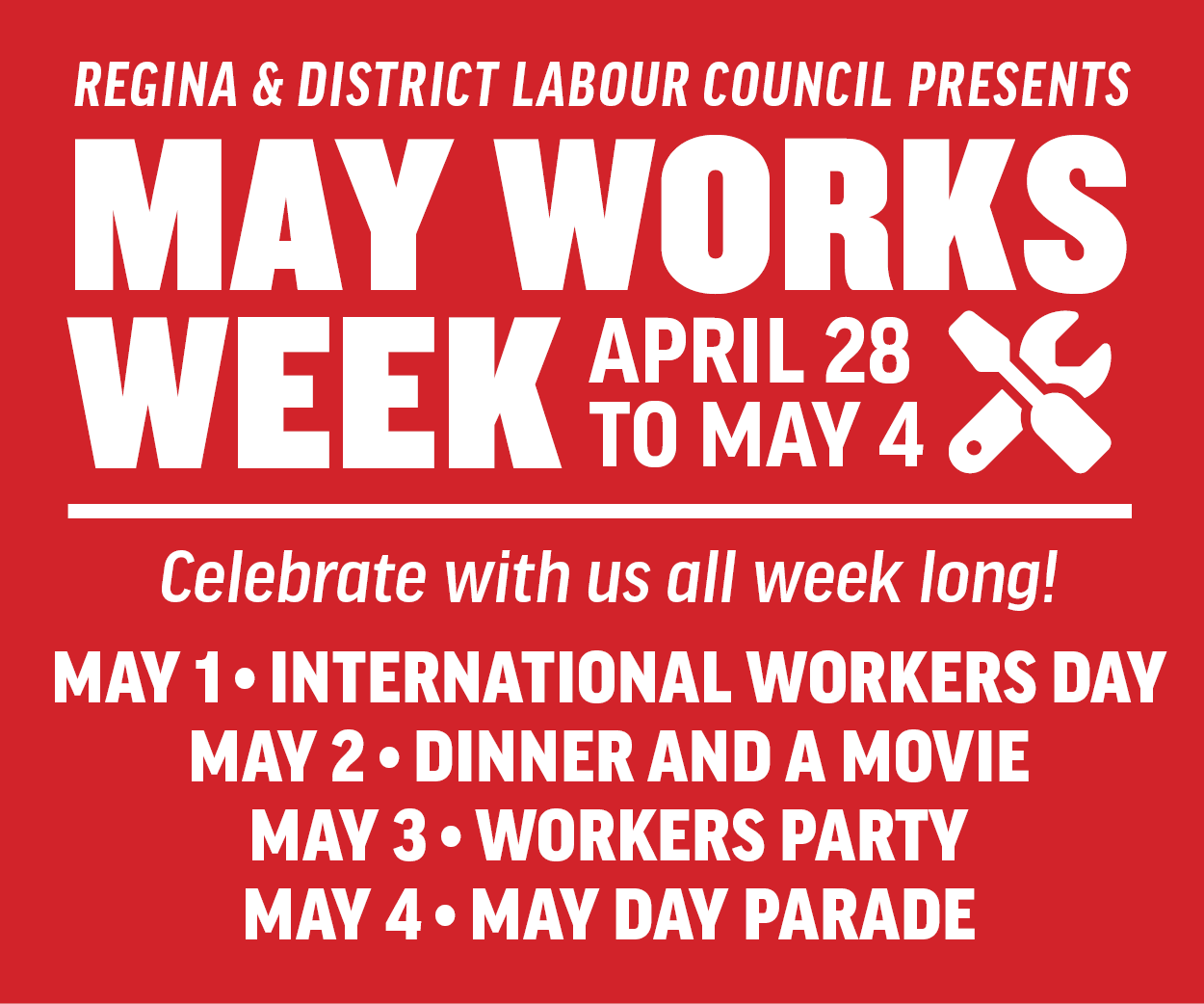 Last year Tokyo Story (1953) was named number three on the greatest movies ever made Sight and Sound list. The list is compiled from directors and film critics around the world once ever ten years. While it was number three overall it was number one on the director’s list. I’ve seen the majority of the films on these lists but somehow Tokyo Story was the elusive film that I somehow had never gotten around to seeing until now.
Last year Tokyo Story (1953) was named number three on the greatest movies ever made Sight and Sound list. The list is compiled from directors and film critics around the world once ever ten years. While it was number three overall it was number one on the director’s list. I’ve seen the majority of the films on these lists but somehow Tokyo Story was the elusive film that I somehow had never gotten around to seeing until now.
The film follows an elderly couple who leave their home in a small town and travel to Tokyo to visit their children. There are three children living in Tokyo. The oldest son is a married with kids and is a doctor. The next is a daughter who is married and runs a beauty salon. Neither have time to spend with their parents. They decide to send their parents to a spa for a vacation. That isn’t why the parents have come to Tokyo but they go anyway. The only member of the family that treats them kindly is a widowed daughter-in-law who was married to their middle son before he was killed in the war. After the spa the parents go home. Then something else happens.
Ozu’s films are slow and methodical. He seldom moves the camera, in fact I think it only moves once in this film. For the most part the camera is stationary as people and things walk in and out of view. Most of the time is focused on people sitting and talking. The disintegration of family is a common theme in Ozu’s films. Late Spring, Early Summer and Tokyo Story are considered to be part of a trilogy called the Noriko trilogy because actress Setsuko Hara plays a woman named Noriko in each the films. In Tokyo Story Setsuko Hara plays the widowed daughter-in-law.
Tokyo Story is an excellent film but I don’t think I would necessarily list it as one of the greatest. I think a film like Akira Kurosawa’s Ikiru is better but maybe I need to watch Tokyo Story a couple more times in order to appreciate it.
http://www.youtube.com/watch?v=LhpLrFLckqo




